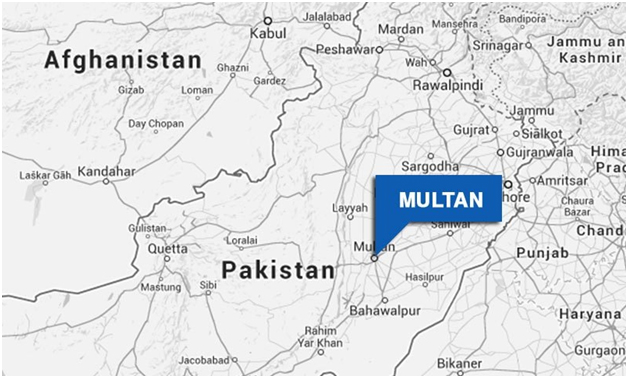|
Roads not taken in South Punjab
SHAKEEL AHMED

MULTAN: Alwash Jumbrani took three days to reach the Jampur Tehsil Headquarters hospital from his home in the tribal region of Khalchaas. With his seven-month daughter in his arms, the 100-kilomtre long journey would not have ordinarily been a big ordeal him his wife, but hill torrents turned the mountainous pass into a flooded channel, leaving the couple helpless in the face of the rising waters.
After three days, the couple was able to reach Jampur hospital. This did not happen two or three decades ago, but just 10 days ago.
Doctors in Jampur referred the infant to the Nishtar Hospital in Multan because of her critical condition. She is said to be suffering from bacterial pneumonia and malnutrition.
The journey, though 138 kilometres, was done in just two hours.
A good road connection made the difference.
Most of the tribal and rural areas of Dera Ghazi Khan and Rajanpur districts are among the several districts of Punjab which lack road infrastructure.
A research study, jointly by the Lahore University of Management Sciences and Oxfam GB Pakistan, corroborates the fact that districts from southern Punjab are the most deprived in terms of road density.
North Punjab districts are on the other side of density index.
A comparison in the research indicates that Rajanpur, Bahawalpur, Dera Ghazi Khan, Layyah, Bhakkar, Attock, Khushab, Gujrat, Rahim Yar Khan, Multan, Bahawalnagar, Mianwali, Muzaffargarh and Sahiwal are the least developed districts of the province in terms of road infrastructure while Lahore, Sargodha, Faisalabad, Rawalpindi, Vehari, Okara, Toba Tek Singh, Khanewal, Jhang, Kasur, Sheikhupura, Chakwal, Jhelum, Gujarwanwala and Sialkot have the maximum road infrastructure.
“It can be argued that inequality in road density may be responsible for lower levels of industrial concentration, higher poverty levels and greater income inequality in southern districts because the lack of connectivity with demand centres may be promoting market failures in factor markets (e.g., labour and capital markets) and product markets,” the report explains.
Other than downward industrial growths, the lack of roads keep killing the people, former MPA Athar Khan Gurchani says. Though he did not share the figure, he said dozens of tribesmen, mostly children, died of the lack of road infrastructure.
“There is only one road in the entire tribal area of Rajanpur,” he goes on. But, far from the quagmire of figures and plans, Jumbrani is praying for the early recovery of his only daughter.
Published in Dawn, April 2nd, 2015
|